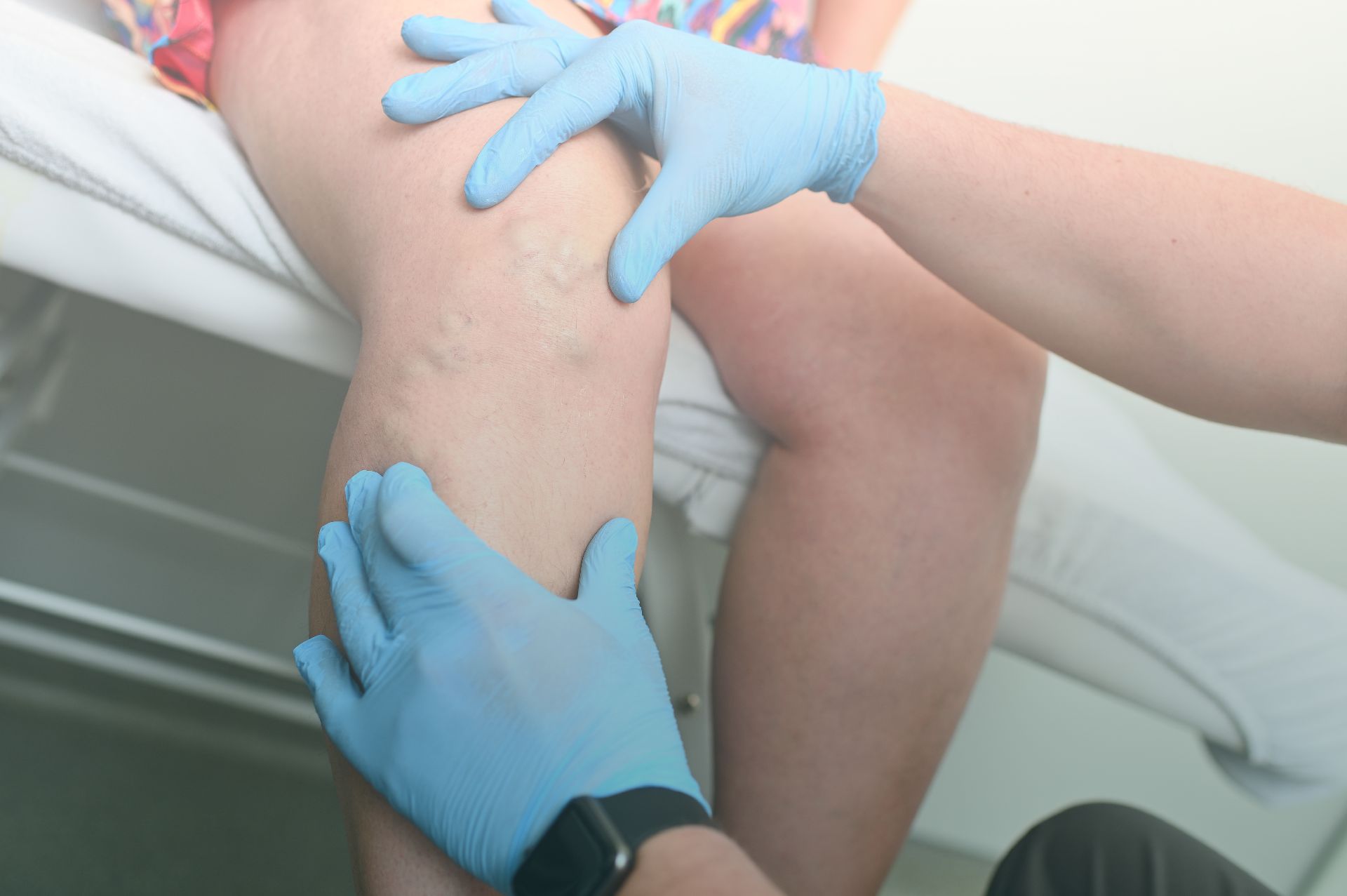
Authors: Darlene Saucier APRN, MSN, BC-FNP, CWCN; Catherine T. Milne APRN, MSN, BC-ANP/CNS, CWOCN, Connecticut Clinical Nursing Associates, LLC Bristol, Connecticut
CLINICAL PROBLEM
Topical antimicrobial therapy has been shown to be an effective method to address critical colonization. Silver, in ionic or nanocrystalline forms, are available in a variety of dressing types. There is currently limited literature regarding outcomes associated with a topical liquid form of ionic silver with menthol in wound cleansing.
METHOD
A case series of six patients with long standing venous stasis ulcerations previously treated with standard care (saline irrigation, debridement, topical antimicrobial therapy, compression and lymphedema therapy as appropriate) were discontinued from topical antimicrobial therapy and started on a wound cleansing routine using topical silver nitrate liquid with menthol. At each dressing change, a ten minute soak of a topical ionic silver nitrate solution with a 0.05% menthol applied via gauze was performed. All other aspects of care continued except patients received an absorptive dressing without antimicrobial therapy prior to application of compression. Evaluated outcomes included wound assessment parameters and patient pain.
RESULTS
Five of six patients showed improvement in overall wound dimensions. All patients demonstrated removal of residual fi brin biomaterial without debridement. Five of six patients reported no pain upon application of the topical silver nitrate liquid, with one reporting slight transient burning. No other adverse events were noted.
CONCLUSION
A topical liquid silver nitrate solution with menthol is a viable option for wound cleansing in venous stasis ulcerations. Wound cleansing with this agent may reduce overall pain. Improvements in wound bed appearance in this case series suggest further studies are needed to determine impact on biofi lm in these wounds.
⚠ Warning: the content may be hard to watch


